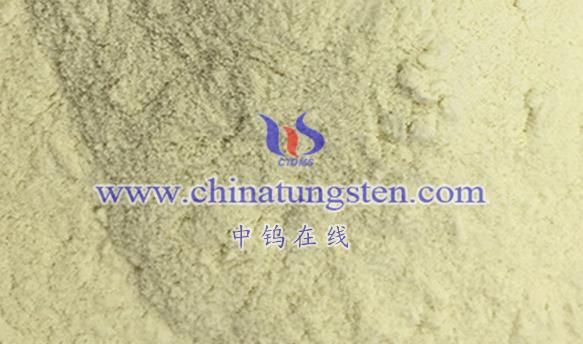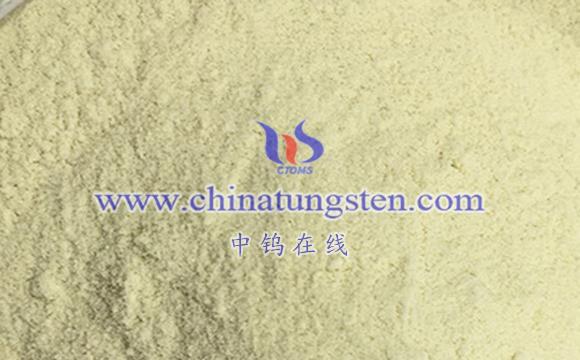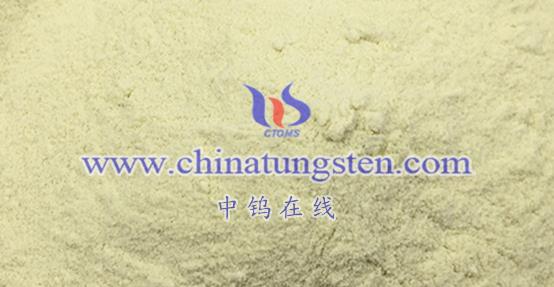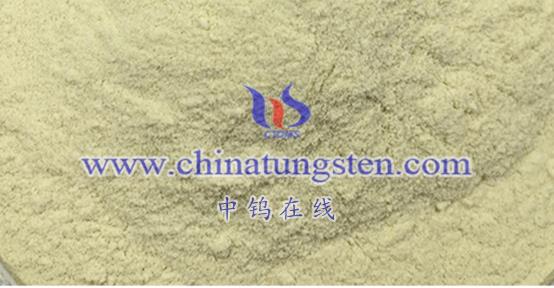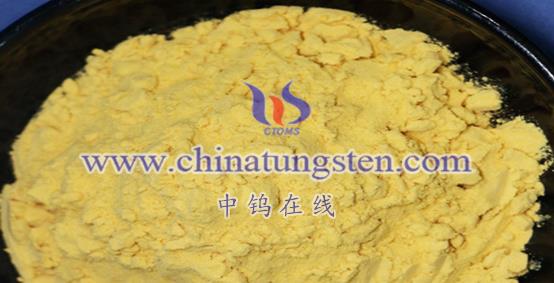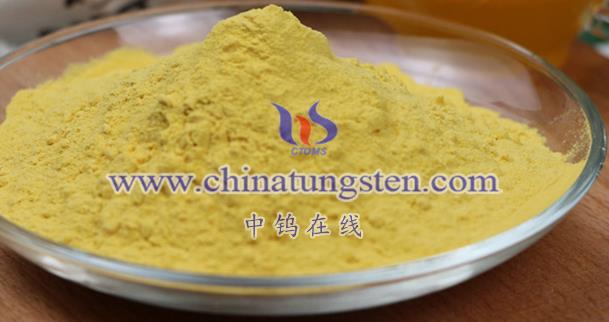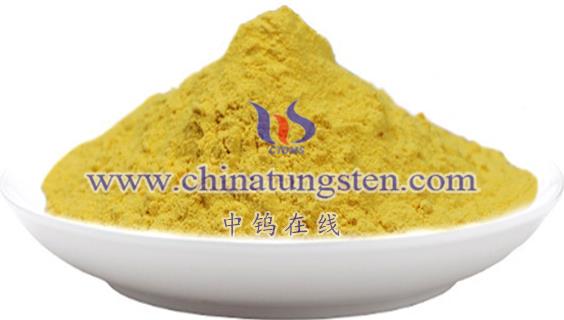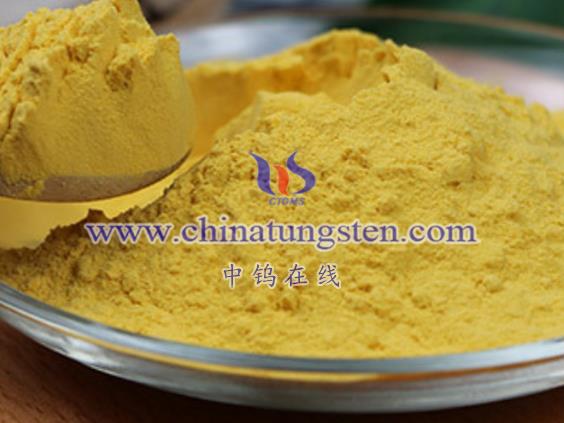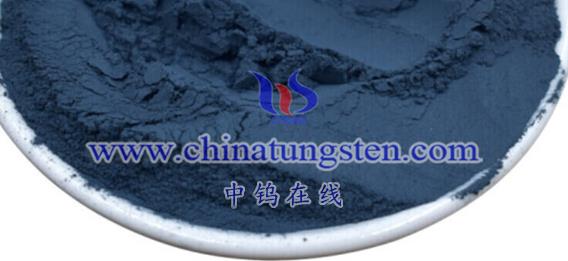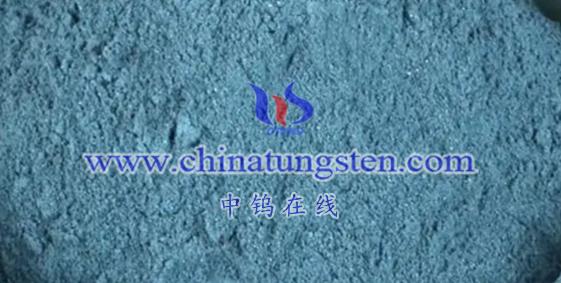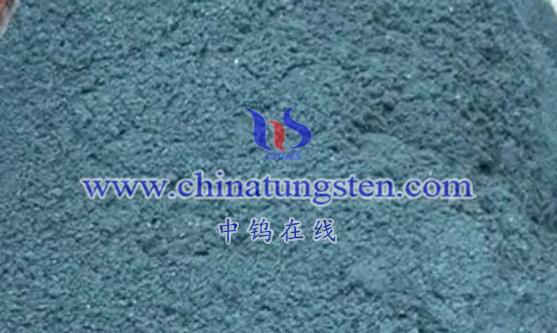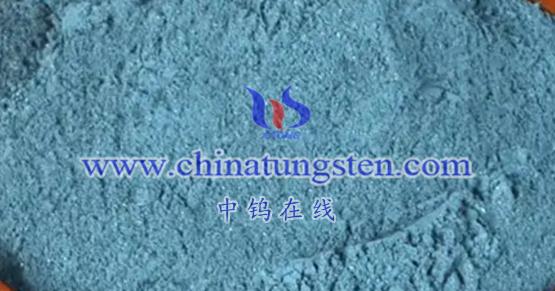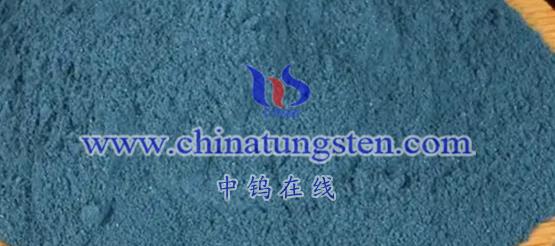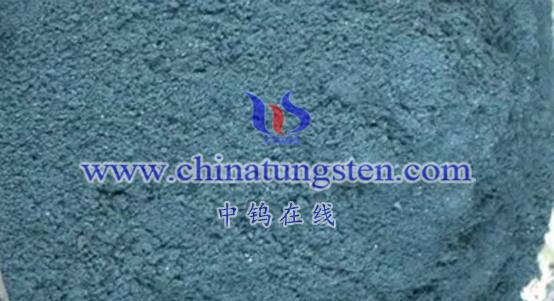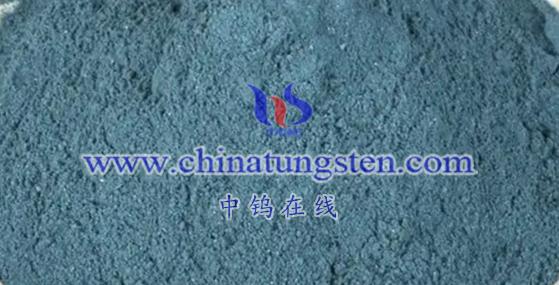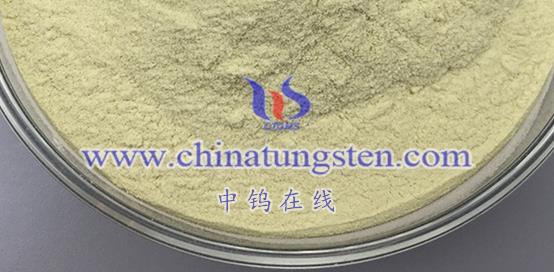
Hexagonal phase tungsten oxide (hexagonal WO₃ or hex-WO₃) is a specific crystalline form of tungsten oxide (WO₃) known for its unique structure and valuable properties. Here’s an in-depth overview of hexagonal WO₃:
- Definition and Crystal Structure of Hexagonal Phase Tungsten Oxide
- Definition: Hexagonal phase tungsten oxide refers to WO₃ that adopts a hexagonal crystal structure under specific conditions. Its densely packed hexagonal arrangement of atoms gives it the “hexagonal” designation.
- Crystal Structure: Hexagonal WO₃ is composed of [WO₆] octahedral units, arranged in a layered stacking pattern. These layers are connected at the corners and form hexagonal channels along the c-axis, a configuration responsible for its unique physical and chemical properties.
- Physical Properties of Hexagonal Tungsten Oxide
- Color and Appearance: Hexagonal WO₃ generally appears pale yellow but can change color under various conditions, such as heat treatment or light exposure.
- Optical Properties: It has a high refractive index and transmittance in the visible and UV range, which makes it suitable for use in optics and optoelectronics. Additionally, it exhibits photochromic properties, changing color under light exposure.
- Thermal Properties: Hexagonal WO₃ is thermally stable and resistant to corrosion, maintaining its structure and properties in high-temperature environments.
- Chemical Properties of Hexagonal Tungsten Oxide
- Redox Characteristics: Tungsten in hexagonal WO₃ is in a high oxidation state (+6), imparting oxidative properties. However, under certain conditions, it can be reduced to lower oxidation states of tungsten oxide.
- Catalytic Properties: Its crystal structure and surface characteristics make it an effective catalyst or catalyst support in various reactions, including oxidation, reduction, and hydrogenation.
- Applications of Hexagonal Tungsten Oxide
- Optoelectronics: Its optical properties support applications in solar cells, optical films, lasers, and optical fibers.
- Electrochemical Energy Storage: Hexagonal WO₃ is effective as an electrode material for batteries and supercapacitors, offering high capacitance, long cycle life, and excellent electrochemical stability.
- Catalysis: It shows promise in photocatalysis and gas-solid catalysis applications.
- Sensors: Hexagonal WO₃ is highly sensitive to gases like NO₂ and H₂S, making it useful for gas sensor development.
- Electrochromic Devices: Due to its photochromic and electrochromic properties, hexagonal WO₃ is widely used in smart windows, rearview mirrors, and similar applications.
- Preparation and Phase Transformation of Hexagonal Tungsten Oxide
- Preparation Methods: Hexagonal WO₃ can be synthesized via various methods, including heat treatment, sol-gel, and hydrothermal processes. Each method may affect its structure and properties.
- Phase Transformation: Hexagonal WO₃ can convert from other tungsten oxide phases at temperatures above 250°C. However, at even higher temperatures (around 400°C), it may irreversibly transform to other structures, such as the monoclinic phase.
In summary, hexagonal tungsten oxide is a distinct form of WO₃ with a unique structure and versatile physical and chemical properties, supporting a wide range of applications in optoelectronics, energy storage, catalysis, sensing, and electrochromic devices.
More details of tungsten oxide product, please visit website: tungsten-oxide.com
Please contact CHINATUNGSTEN for inquiry and order of tungsten oxide:
Email: sales@chinatungsten.com
Tel.: 86 592 5129595
